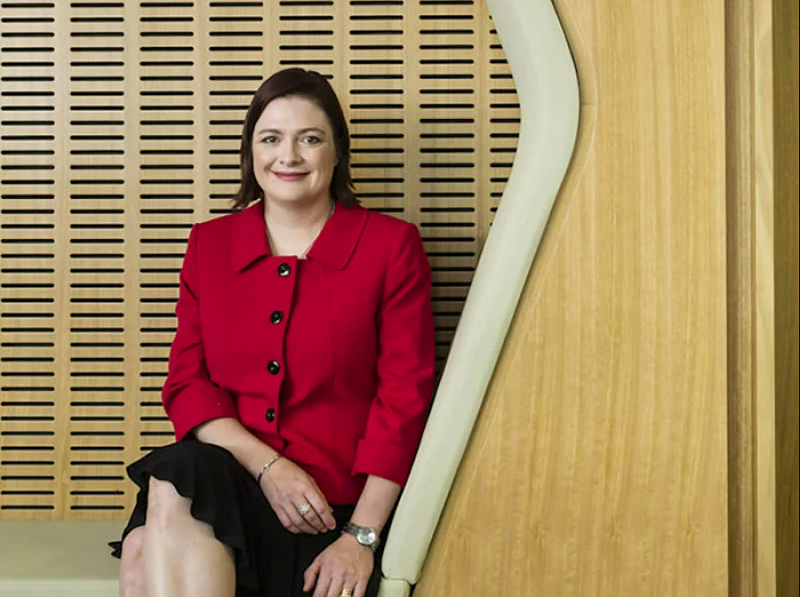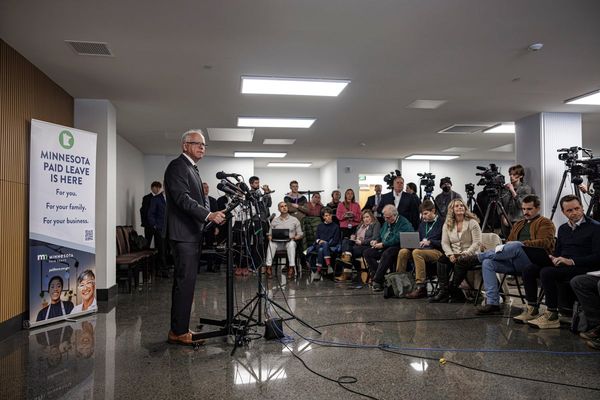Australia’s chief defence scientist Tanya Monro says a new structure for engaging with industry on emerging technologies will open opportunities for local companies and put new capability in the hands of warfighters faster.
The Advanced Strategic Capabilities Accelerator (ASCA) was announced in April and became operational on July 1, replacing the Next Generation Technologies Fund and the Defence Innovation Hub.
Professor Monro told InnovationAus.com that the ASCA had been designed to operate on different, faster timelines than the previous innovation model, not just in building prototypes based on emerging tech, but in accelerating capability acquisition as well.
While the industry reaction to ASCA has been skeptical, with criticism that Defence had suggested the first 18 months would be spent building out the organisation.

But Professor Monro says the accelerator will be moving from day one. Engagement with industry is a priority, and the first ‘challenges’ and first problem statements that will be used as the mechanism to work with smaller companies will be put to industry soon.
“What the 18-month timeframe was originally about was saying we are going to spend that first 18 months, essentially, testing and refining different ways of working. That doesn’t mean we’re sitting there [doing nothing],” Professor Monro said.
“It means that we are actually out there doing things with the industry over that time to try and hone the approach.
“What you can expect to see are some really concrete opportunities, not just for the industry to join conversations, but actually to see what some of the first challenges and opportunities are for them to apply toward.
“The DSR gave us six very clear priority areas for Defence innovation, Science and Technology. And you can be assured that there will be strong alignment between those priorities and the areas that that ASCA goes out to industry for.”
Much has been made about the Defence Strategic Review recommending that the ASCA sit outside of the Defence institutional infrastructure, that it be deliberately separate in order that it can better interact with the commercial industry and researchers.
Professor Monro says this is not yet decided – whether ASCA remains within Defence or as an outside agency – but rather a decision would be made after three years of operation. ASCA would then be reviewed, and then a decision made as to whether it makes more sense for it to remain within Defence or to be operated separately.
“If ASCA was purely about bringing industry to Defence’s highest priority problems and demonstrating prototypes, you probably could do it just as well outside [of Defence] as inside,” she said.
“But that’s not the only think that ASCA is supposed to do. It is also about making sure that there is a path through to acquisition. And that there’s commitment in the system to change the way we acquire things.”
The difference Professor Monro says is that if Defence identifies a priority problem, and it identifies an emerging technology that may address it, and a mission is put together to have that capability put in the hands of war fighters in a two- or three-years timeframe, then it needs a commitment from the start from the chief of service and from the capability manager.
That’s the enabling structure, she said. The ASCA would be independently branded and would operate differently from, but remain within, Defence.
“We came to realise when we were working this through is that you can’t [meet that two- to three-year timeline] from the outside. You have to change the system by being within the system,” Professor Monro said.
“I would frame it as I suppose ASCA is both inside and not inside. What I mean is that it’s inside in that it’s working with the acquisition system and with force design… to change the way we get into the acquisition program.
“But it’s outside [Defence] in that it has been given a licence for courage that is independently branded. It’s not going to look and feel like Defence, it’s going to have a degree of freedom that allows us to get after things faster, and with a much lighter touch.”
Asked how the war in Ukraine had changed the nature of the chief defence scientist role, Professor Monro said the conflict had a huge impact on “mindsets” across the Defence establishment.
“What it has done is it’s challenged a lot of the orthodoxies that stifle the Defence system. It has challenged orthodoxies about just how mature things need to be in order to be effective in the conflict zone,” she said.
“[It has highlighted] how experimental exploration of how you can integrate and use technologies [earlier] than previously and where they can still have effect. I think that is changing mindsets.
“It is about Australia realising that anything we do that is forward leaning and uses emerging technology, is a risk game. That this is not just about mitigating or avoiding risk… it’s about leaning into where [using emerging technology] can deliver us advantage.”
Professor Monro says she can understand the scepticism of some people in industry to the creation of ASCA within Defence.
But while it might be seen as a short-term win for some in industry to have ASCA created as an independent organisation outside of Defence, it would ultimately become a source of frustration. Given the immense budget pressure being put on Defence, “an external organisation would be have limited power in shaping its decisions.”
“ASCA needs to prove it has a different way of working and to do that fast. [And we need to] show that you don’t have to live and breathe and speak Defence to be able to engage with the Defence innovation system,” she told InnovationAus.com.
“We should be judged on how quickly we can turn Defence’s requirements into active activity and then into programs that have a path to acquisition.”







